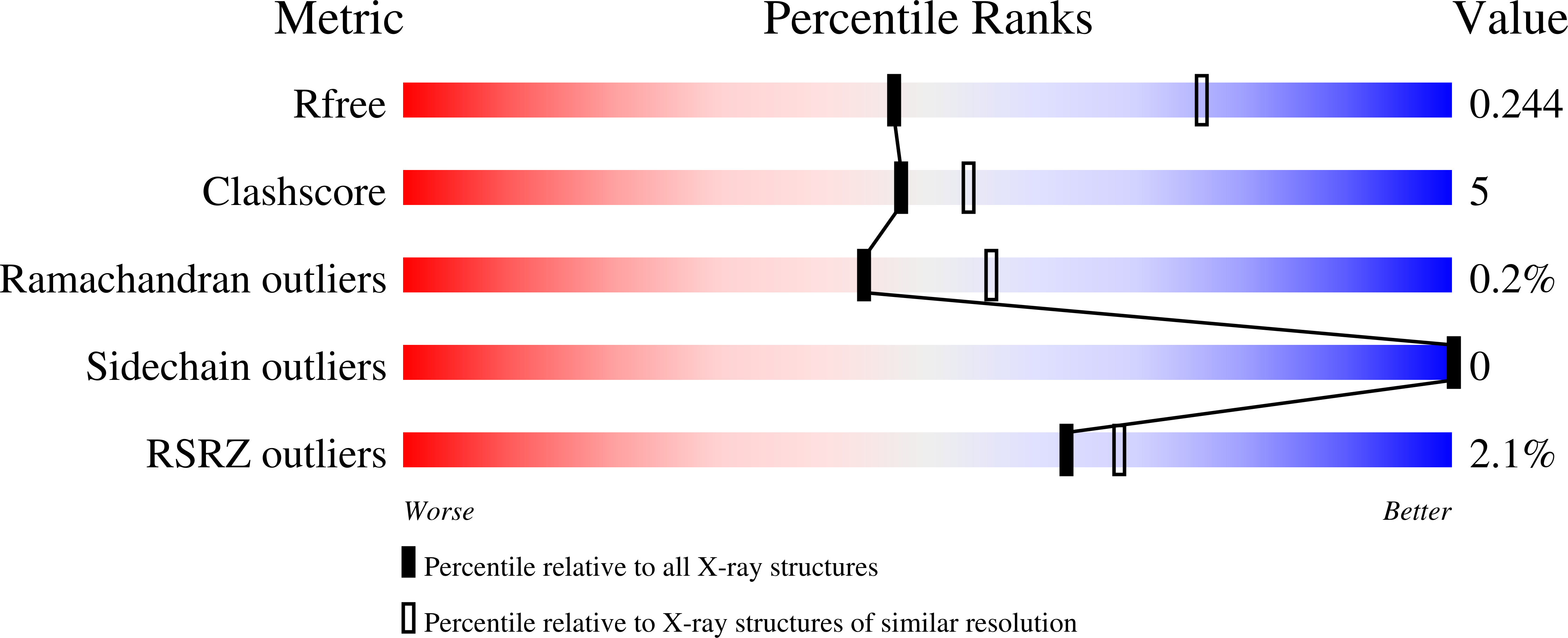
Deposition Date
2024-11-28
Release Date
2025-08-27
Last Version Date
2025-08-27
Entry Detail
PDB ID:
9HJ7
Keywords:
Title:
Structure of Chitinase 35 from Metschnikowia pulcherrima (MpChit35)
Biological Source:
Source Organism:
Metschnikowia pulcherrima (Taxon ID: 27326)
Host Organism:
Method Details:
Experimental Method:
Resolution:
2.55 Å
R-Value Free:
0.23
R-Value Work:
0.18
R-Value Observed:
0.18
Space Group:
P 1 21 1


